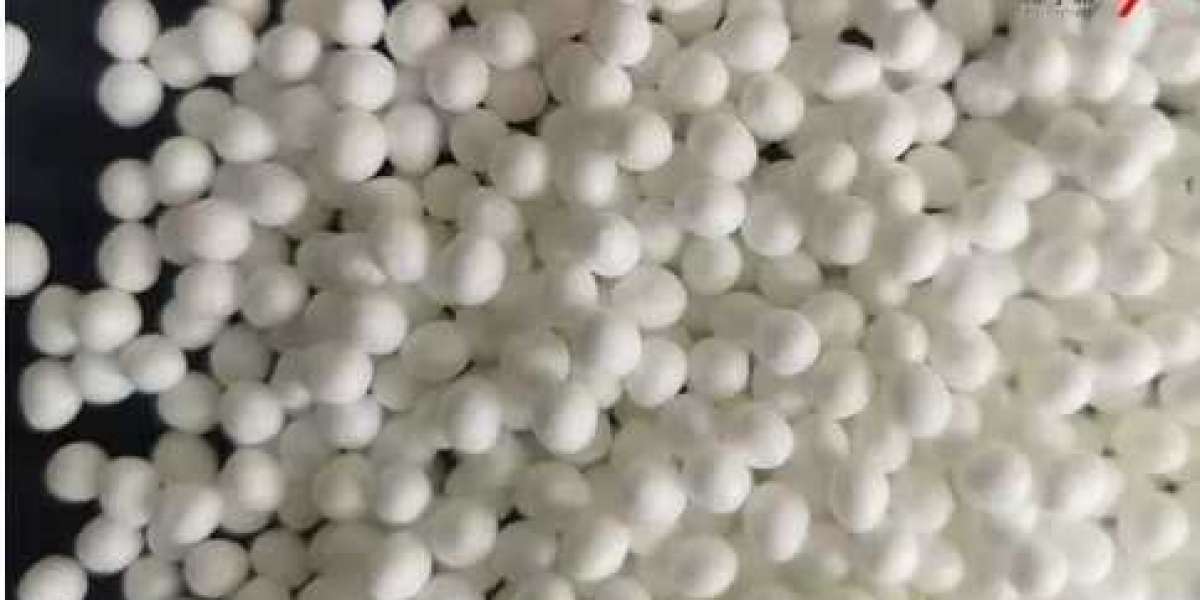In the ever-evolving world of materials science, ETPU (Expanded Thermoplastic Polyurethane) foam particles have made significant strides, establishing themselves as a revolutionary component in cushioning technology. This innovative material is not just another foam; it represents a shift in how industries approach comfort, resilience, and versatility in their products.
Understanding ETPU: The Material Behind the Revolution
ETPU is a high-quality lightweight thermoplastic polyurethane elastomer, specifically designed to provide exceptional elasticity and durability. Composed of numerous small foam pellets, ETPU stands out due to its unique structure, which allows for full elasticity and remarkable resilience. This high-performance material is engineered to withstand various stresses, making it ideal for a wide range of applications.
One of the defining characteristics of ETPU foam particles is their ability to maintain structural integrity under compression. This means that products made from ETPU can endure heavy loads and repeated use without losing their cushioning properties. Such resilience is particularly crucial in industries where comfort and support are paramount, such as in footwear, sports equipment, and even furniture.
Diverse Applications of ETPU Foam Particles
The versatility of ETPU has led to its adoption across multiple sectors:
Sporting Goods: In the sporting goods industry, ETPU foam particles are used in various applications, from shoe soles to padding for protective gear. Athletes benefit from the enhanced shock absorption and comfort that ETPU provides, helping to improve performance while reducing the risk of injury.
Leisure and Fitness: Whether it's yoga mats, exercise equipment, or outdoor gear, ETPU’s lightweight and resilient nature makes it a preferred choice. Its cushioning properties ensure that users can engage in physical activities without discomfort, promoting a healthier lifestyle.
Furniture: ETPU is making waves in the furniture industry as well. Manufacturers are increasingly incorporating this material into sofas, chairs, and other seating solutions, where comfort is essential. The foam's durability and ease of maintenance, aided by anti-yellowing agents, ensure that furniture retains its aesthetic appeal over time, especially in light-colored products.
Transportation: In automotive applications, ETPU foam particles can be found in seating systems, where they contribute to passenger comfort and safety. The material's lightweight properties also help reduce overall vehicle weight, enhancing fuel efficiency.
Medical Devices: ETPU is being explored in medical applications, particularly in cushioning for orthotic devices and hospital equipment. Its ability to provide comfort while supporting body structures makes it an excellent choice for healthcare solutions.
The Role of Anti-Yellowing Agents
One of the challenges in using polyurethane materials is maintaining their appearance over time, especially in light colors. To combat this issue, manufacturers often incorporate anti-yellowing agents into ETPU products. These agents work to inhibit discoloration caused by UV exposure and environmental factors, ensuring that products remain visually appealing throughout their lifespan.
Feininger: A Leader in ETPU Production
Feininger, a pioneer in foam extrusion technology since 2003, has been at the forefront of developing and manufacturing ETPU foam particles. The company specializes in producing XPS (extruded polystyrene) extrusion lines, XPS foam boards, and other related equipment. With years of experience and a commitment to innovation, Feininger plays a vital role in the industrialization of ETPU, ensuring that high-quality products are readily available to meet the demands of various industries.
By leveraging advanced manufacturing processes, Feininger has been able to refine the production of ETPU, ensuring that every batch meets stringent quality standards. This dedication to excellence not only enhances the performance of ETPU products but also contributes to the overall advancement of cushioning technology.
The Future of ETPU Foam Particles
As industries continue to seek lightweight, durable, and efficient materials, ETPU foam particles are poised for significant growth. Ongoing research and development are likely to yield even more advanced formulations, expanding the material’s applications and enhancing its performance.
With sustainability becoming an increasingly important focus for manufacturers and consumers alike, the potential for ETPU to meet eco-friendly standards will also play a role in its future. Innovations aimed at reducing environmental impact while maintaining performance will ensure that ETPU remains a competitive choice in cushioning technology.
Conclusion
ETPU foam particles are not just a trend; they are a transformative material that is revolutionizing cushioning technology across multiple industries. With their remarkable elasticity, lightweight design, and diverse applications, ETPU products provide unmatched comfort and support. As companies like Feininger continue to push the boundaries of what is possible with ETPU, we can expect to see further innovations that enhance our daily lives, making comfort and performance more accessible than ever before.
In summary, ETPU foam particles represent a significant leap forward in materials science, promising a future where comfort, resilience, and aesthetic appeal converge to create superior products across a variety of sectors. As this technology evolves, the potential for ETPU to improve the quality of life for consumers will only grow, solidifying its place as a cornerstone of modern cushioning solutions.








